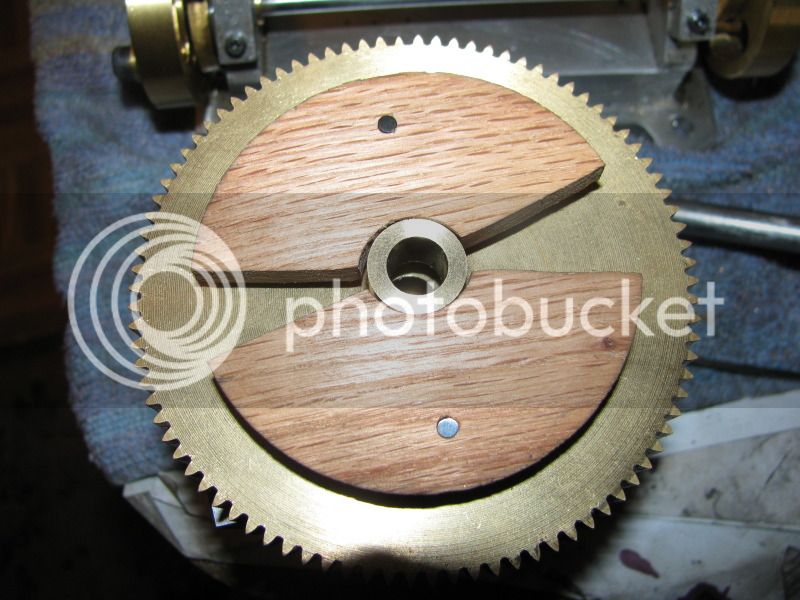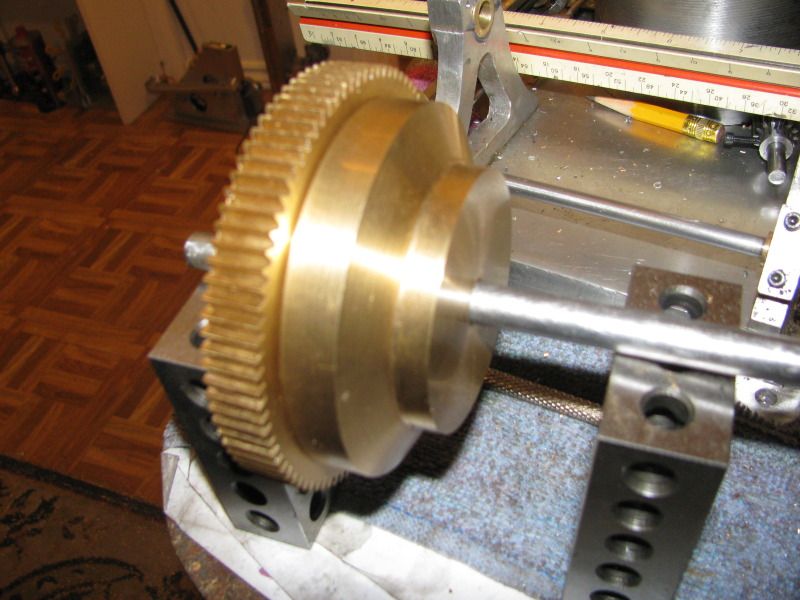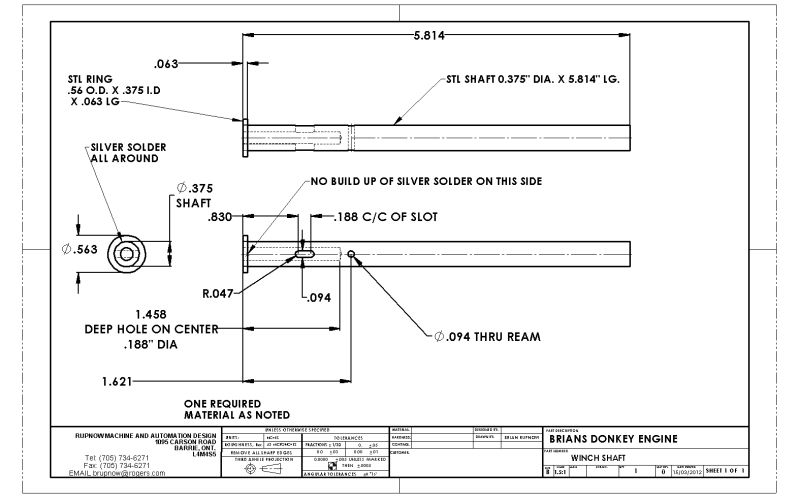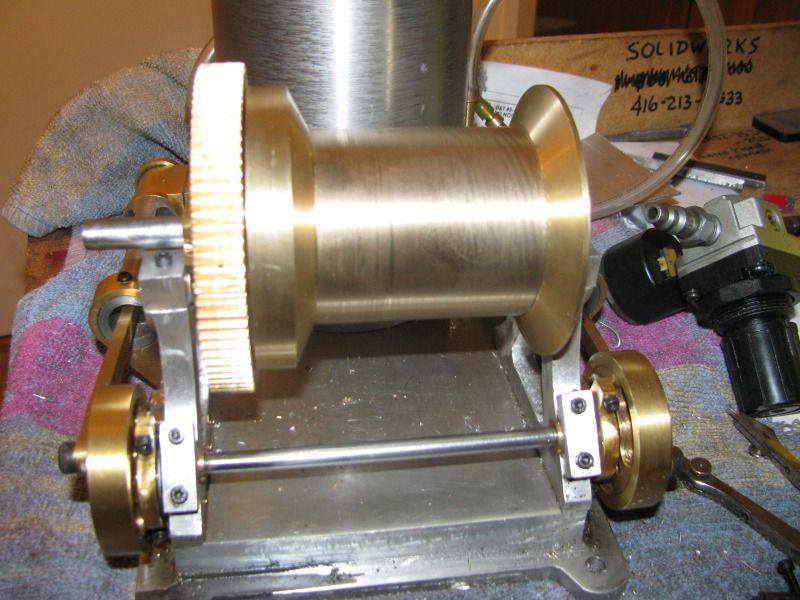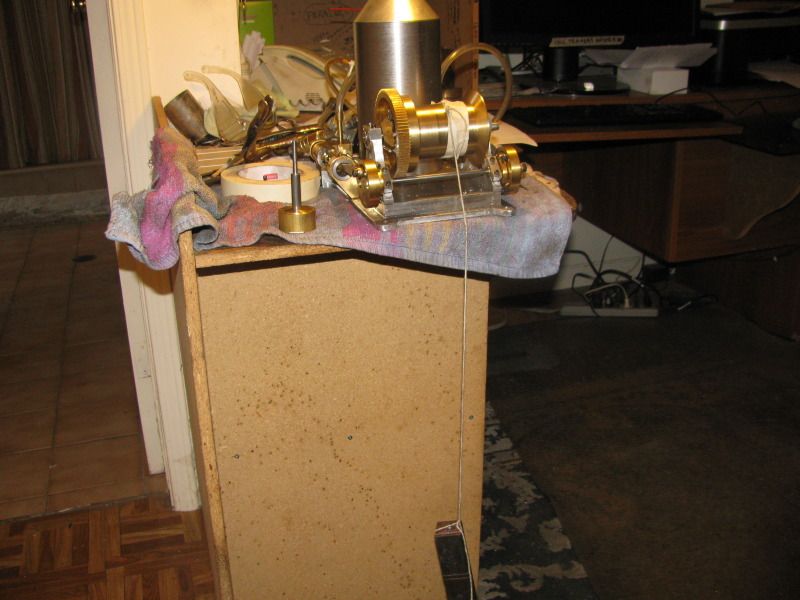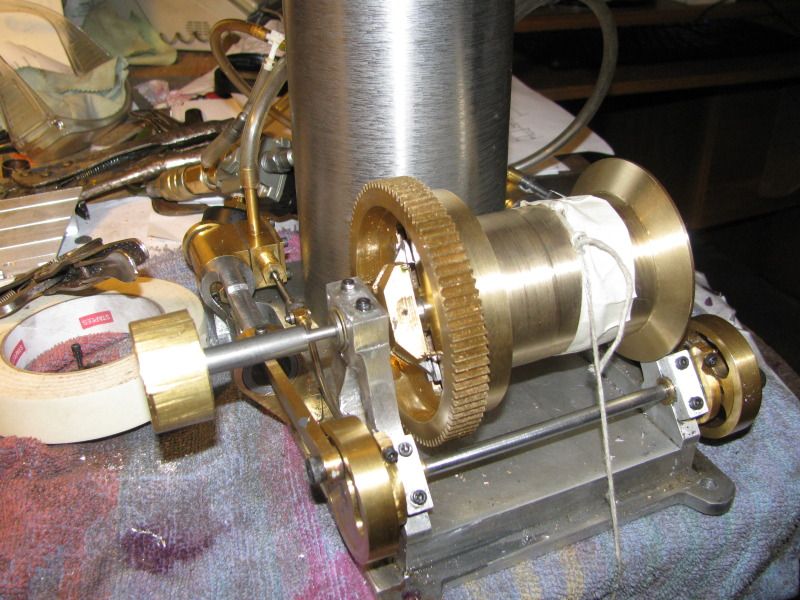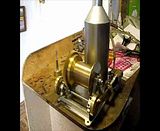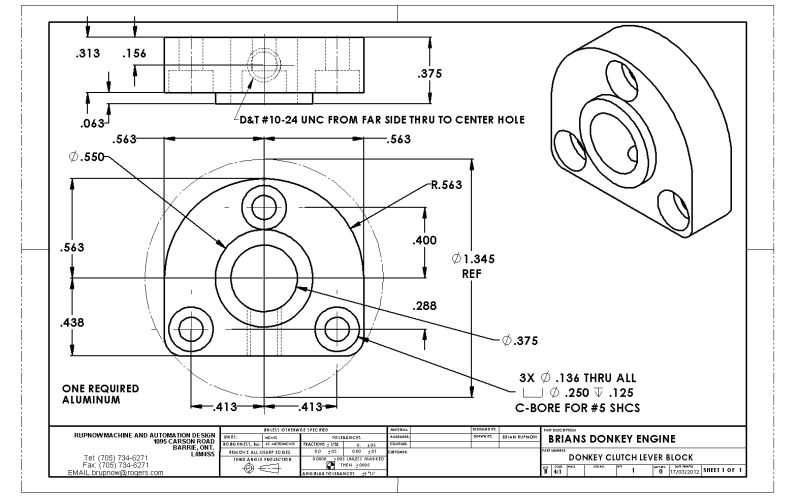Brian
If you are not feeling pumped, then your life experience has been way more exciting than mine. When I first lifted a chunk of metal with my clutch operated winch, I could hardly contain myself. It's about 100 yards from my shop to the nearest restroom facility in the horse barn and when I got back to the shop, I spent a lot of time making that weight go up and down. A truly enjoyable experience and I congratulate you on reaching this stage of construction.
I can truthfully say that I have never experienced a tendency of the clutch to hand and not release. In my first test, I used and external power source to drive the winch shaft directly as you have done. In later tests and demonstrations, I have powered the winch via the small gear on the crankshaft, again with no tendency to hang. Your clutch is almost identical to mine, with a few very small differences in detail mostly related to the slight difference in scale. If you have not already resolved the problem, here are a few suggestions.
Make sure that all sliding surfaces of the mechanism including the face and slots in the big gear are polished and lightly lubricated.
Make sure that the slots of the sliders are also polished and lightly lubricated and that all corners of the slider slots are eased or slightly radiused.
If you have used a spacer between the gear hub and the winch drum, be sure that the spacer and the surfaces that it may contact on the gear hub and the winch drum are well polished and lightly lubricated. There should be no pressure on this contact face and I would advise a gap of at least .0005".
These are just some thoughts that might help to smooth out the operation but as I am sure you know, the best tool to use here is the fiddle. A couple of courses of intense and enlightened fiddling will have that thing working just the way you want.
It's looking good. keep at it!
Jerry
